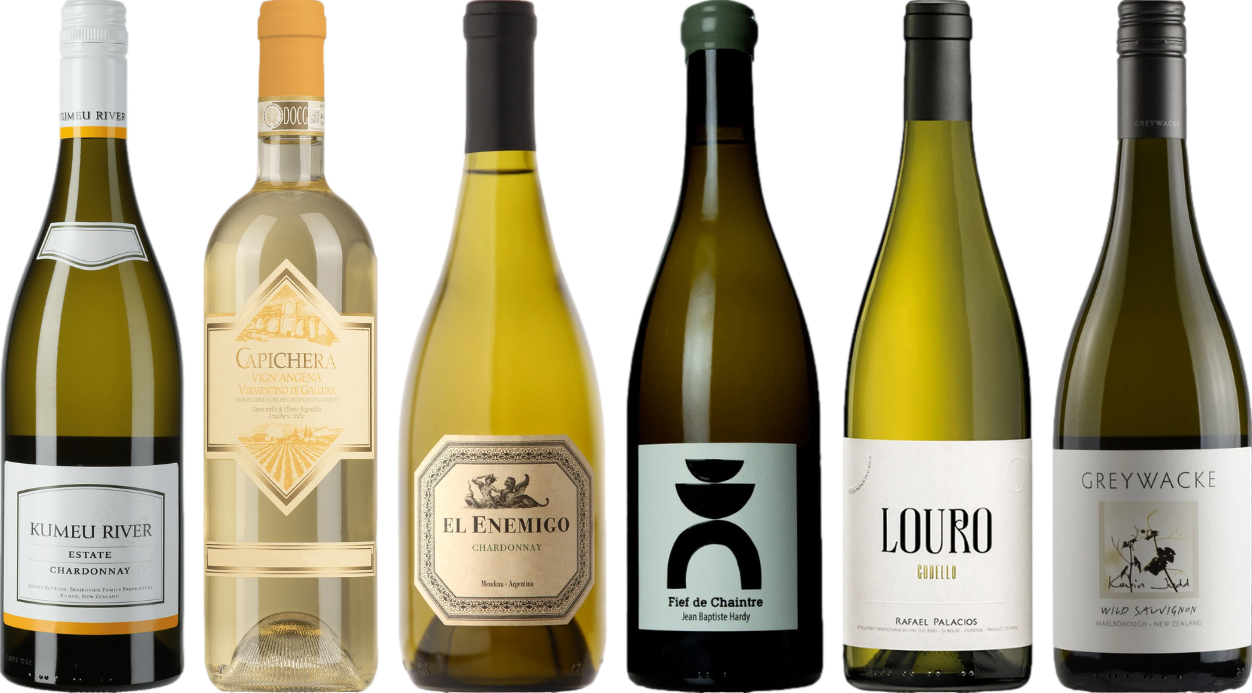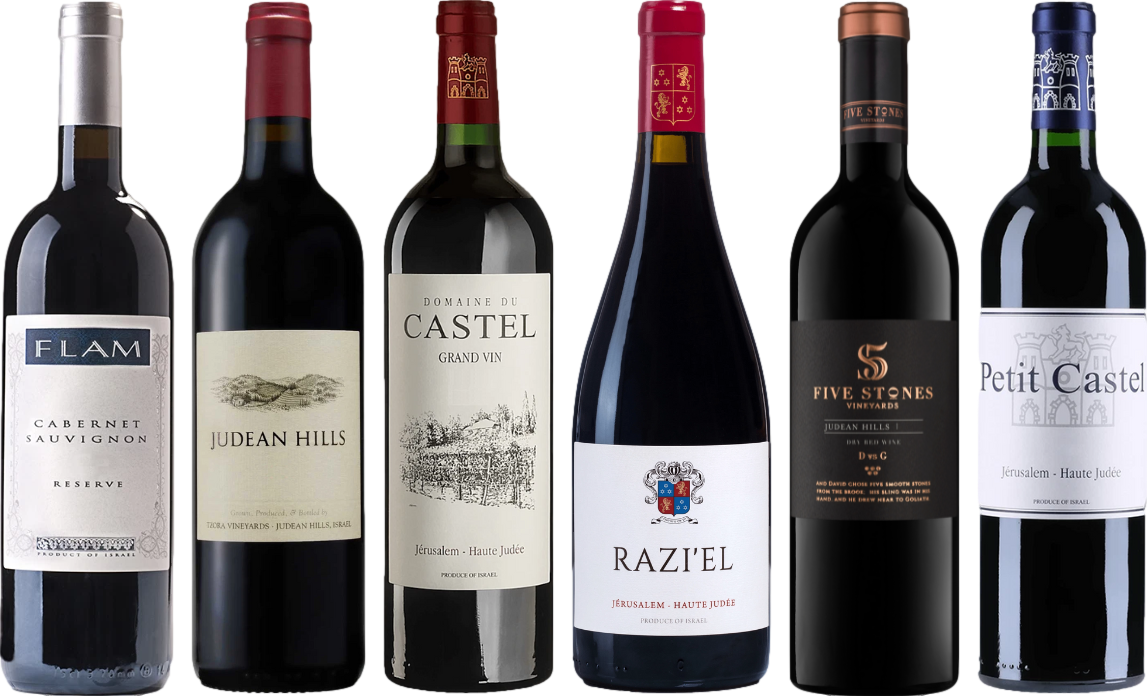



In my experience, the perception that lighter varietals contain higher sweetness levels is common, but the reality often differs. Generally, the sweetness in these beverages can vary significantly depending on the grape variety, fermentation process, and regional practices.
For instance, a typical bottle of Sauvignon Blanc may contain approximately 1-3 grams of residual sweetness per liter, while a Cabernet Sauvignon often falls within the range of 0.5-2 grams. However, certain styles within these categories can skew these averages, particularly dessert styles or late-harvest selections.
For those monitoring sugar intake, it’s advisable to check specific labels for residual sugar content, as this can provide a clearer picture. Tasting notes can also hint at perceived sweetness, influenced by acidity and fruit intensity, which can make a beverage taste sweeter or drier than its sugar content suggests.
Ultimately, discovering personal preferences through tasting various options is the best approach. Engaging with a diverse selection allows one to appreciate the spectrum of flavors and sweetness across different types of grapes and styles.
Understanding Sugar Content in Different Varietals
In general, the sweetness level in different grape varieties varies widely. Typically, lighter-colored options often showcase higher residual sweetness compared to their darker counterparts. This is largely attributed to the fermentation process and the specific grapes used.
For instance, while many types of Sauvignon Blanc and Riesling can exhibit noticeable sweetness, Merlot and Cabernet Sauvignon are often drier. However, it’s critical to check specific labels, as producers sometimes adjust sugar levels to balance flavor profiles. A dry variant of a light wine might have similar or even lower sugar content than a sweeter version of a dark wine.
Key Factors Influencing Sweetness
Climate and region also play significant roles in the sugar content. Grapes grown in warmer areas typically accumulate more sugar, leading to sweeter profiles. Additionally, winemaking techniques such as late harvesting or adding sugar during fermentation can significantly alter sweetness levels.
When selecting a bottle, consider tasting notes and reviews. These can provide insights into sweetness levels, aiding in making informed choices that align with personal preferences or food pairings.
Understanding Sugar Content in White Wine
Focus on the residual sweetness levels in various styles of this beverage. Generally, the amount of natural sugars can significantly vary based on the grape varietal, fermentation process, and winemaking techniques.
Consider these key points regarding sugar levels:
- Dry varieties typically contain less than 1% residual sugars, making them a popular choice for those seeking lower sweetness.
- Off-dry options may range between 1% to 3%, providing a subtle sweetness that can enhance food pairings.
- Sweeter selections, such as dessert styles, can exceed 5% residual sugars, appealing to those with a preference for pronounced sweetness.
Understanding the balance between acidity and sweetness is vital. Higher acidity can make a wine taste less sweet, even if the sugar levels are elevated. Pay attention to this balance when selecting a bottle.
When exploring different varietals, note the following insights:
- Riesling often exhibits higher sugar content, particularly in German styles, where the sweetness level can be quite significant.
- Chardonnay profiles vary widely; some are crafted to be crisp and dry, while others may carry a hint of sweetness, depending on the winemaking approach.
- Sauvignon Blanc generally leans towards dry characteristics, though certain regions may produce sweeter expressions.
For those seeking a specific sweetness level, always check the labels or inquire at your local retailer. Armed with this knowledge, selecting a bottle that aligns with your taste preferences becomes an easier task.
Comparing Sugar Levels in Popular Red Wines
For those exploring the sweetness in popular dark varieties, consider Pinot Noir, typically containing 0.5 to 1.5 grams of residual sweetness per liter. Merlot often sits in a similar range, with levels fluctuating between 1 and 3 grams. Meanwhile, Cabernet Sauvignon usually presents a drier profile, averaging around 0.5 to 1 gram. However, certain styles, like Zinfandel, can reach up to 10 grams, especially when produced in a sweeter, fruit-forward manner.
Notable Varietals and Their Profiles
Syrah, known for its bold flavors, often maintains a range of 1 to 3 grams, depending on the winemaking techniques. Tempranillo, a staple in Spanish reds, usually offers a drier experience, averaging about 0.5 to 2 grams. If you’re seeking something with a touch of sweetness, look at Malbec, which can have residual sugars ranging from 1 to 4 grams, especially from regions like Argentina.
Regional Influences on Sweetness
Regions also play a significant role in the sugar content. For example, Old World styles, such as those from Bordeaux, generally align with drier profiles, while New World varieties, particularly from California, may present slightly higher sweetness levels. Understanding these nuances can enhance your tasting experience and help in selecting the ideal option for your palate.
The Role of Grape Varieties in Sugar Production
Understanding the influence of grape types on sweetness levels is crucial. Certain varietals naturally produce higher sugar content during ripening, impacting the final profile of the beverage. For instance, a few notable grape varieties excel in sugar accumulation.
Key Varietals and Their Characteristics
- Chardonnay: Known for its versatility, this grape can yield a range of flavor profiles, often leaning towards a fruit-forward approach with moderate sweetness.
- Sauvignon Blanc: Typically exhibits higher acidity, resulting in a crisp taste, though some examples may retain noticeable residual sweetness.
- Cabernet Sauvignon: This popular choice for red varieties often showcases rich flavors and a robust body, with sugar levels that vary based on ripeness and vinification techniques.
- Merlot: Often softer and fruitier, this grape can produce wines with elevated sweetness, particularly in warmer climates.
Environmental Factors
Climate, soil, and vineyard practices significantly affect sugar concentration. Warmer regions tend to foster higher levels of natural sugars, while cooler climates may lead to lower accumulations. Additionally, vineyard management techniques such as pruning and yield control can enhance sugar production by allowing grapes to concentrate their flavors.
For those seeking to explore the sweetness spectrum, consider tasting wines from diverse varietals. Each grape brings its unique characteristics, offering a delightful range of experiences for every palate.
How Fermentation Affects Sugar in Wine
Fermentation transforms grape juice into alcohol and significantly alters the sweetness level of the final product. During this process, yeast consumes the natural sugars present in the juice, converting them into alcohol and carbon dioxide. The extent of this conversion directly influences the sweetness perceived in the finished beverage.
The fermentation temperature plays a critical role. Higher temperatures can accelerate the fermentation process, often leading to a more complete conversion of sugars. Conversely, cooler fermentations might leave residual sugars, resulting in a sweeter taste profile. For example, certain aromatic varieties, such as Riesling, are often fermented at lower temperatures to preserve their fruity characteristics and natural sweetness.
The choice of yeast strain also affects sugar levels. Some yeast strains are more efficient at sugar conversion, while others can leave more residual sweetness. Winemakers may select specific strains to achieve desired sweetness levels, depending on the style they aim for.
Additionally, fermentation duration impacts sugar content. Shorter fermentations can retain more unfermented sugars, while prolonged fermentations typically result in drier wines. Timing is crucial; winemakers closely monitor fermentation to balance alcohol production with desired sweetness.
Post-fermentation processes, such as malolactic fermentation, can further modify the taste. While primarily used to soften acidity, this secondary fermentation can also subtly influence perceived sweetness.
| Factor | Impact on Sugar Levels |
|---|---|
| Fermentation Temperature | Higher temps lead to complete sugar conversion; lower temps may retain sweetness. |
| Yeast Strain | Varied efficiency in sugar conversion affects residual sweetness. |
| Fermentation Duration | Shorter times can retain unfermented sugars; longer times yield drier profiles. |
| Post-Fermentation Techniques | Malolactic fermentation can soften acidity and subtly influence sweetness perception. |
Understanding these factors allows for better appreciation of how different processes shape the sweetness in your favorite bottles. The interplay of fermentation techniques is critical to the style and flavor profile that defines each unique creation.
Identifying Low-Sugar Options in Both White and Red Wines
To find low-sugar selections, examine the labels carefully for terms like “dry,” “brut,” or “zero dosage.” These designations indicate reduced residual sweetness. Look for bottles with less than 1 gram of sugar per liter, a common range for many quality varieties.
Explore Specific Varietals
Sauvignon Blanc and Pinot Grigio are often excellent choices among lighter options, typically featuring lower sugar levels. For darker selections, consider Cabernet Sauvignon or Syrah, as these tend to be less sweet compared to others like Zinfandel or Merlot.
Seek Out Region-Specific Bottles
Regions known for producing drier styles, such as France’s Loire Valley for whites or Italy’s Tuscany for reds, often yield bottles with lower sugar content. Always inquire about the production methods, as traditional techniques may lead to drier outcomes.
Health Implications of Sugar in Wine Choices
Choosing lower sugar options can significantly impact overall health. High sugar levels in fermented beverages contribute to increased caloric intake and may lead to weight gain, elevated blood sugar levels, and other metabolic issues. For those monitoring their sugar consumption, it’s wise to consider the sweetness of the beverage before indulging.
Impact on Wellness
Regular consumption of sugary drinks may heighten the risk of developing chronic diseases such as diabetes and heart conditions. Opting for selections with reduced sugar content can mitigate these risks. It’s advisable to read labels and ask for information from sommeliers or retailers about sugar levels in different varieties.
Pairing and Cooking Suggestions
For those pairing beverages with meals, particularly rich dishes, consider options with lower sugar to balance flavors. For instance, while enjoying lamb dishes, you might explore how to cook lamb henry for a delightful culinary experience. This approach not only enhances the dish but also helps maintain a healthier dietary profile.









